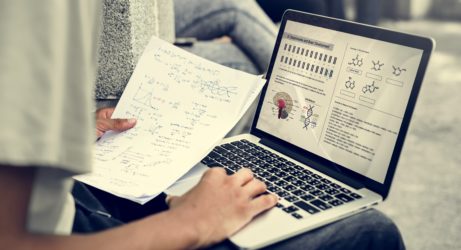Members of our team were in Hungary recently to interview Prof. Benő Csapó about how his team uses TAO to support student learning processes in Hungary.
(Question) When and how did you start using TAO?
(Benő Csapó) We received TAO from our colleagues in Luxemburg in April 2007. First, we had to adapt it to our technological environment and then to translate some of its modules into Hungarian. Due to its clear design, it took only a few weeks and we started the pilot studies as early as the spring of 2007. In 2008, we alrealdy carried out large-scale data collections. At that phase, we used TAO for research, first of all to study media effects by comparing the results of paper-and-pencil and online testing. In the meantime, we learned a lot about the capabilities of TAO, and adapted it to the needs of our diagnostic assessment project.We have been receiving great support from Luxembourg in this process.
(Qs) From your point of view, may the use of TAO change the perspective on education in a classroom?
(BC) We have been developing an online diagnostic testing system which is designed to support students’ learning processes. It can provide students and their teachers with precise and frequent feedback. This use of TAO helps to adapt teaching to the individual needs of the students, and changes significantly teaching and learning processes in a class-room as well.
(Qs) What will be the concrete improvements and/or impacts of the use of TAO on the educational system in Hungary?
(BC) TAO is used to build a third level of assessment, to construct a student level feedback system in Hungary. Hungary participates in the major international assessment programs (PISA, TIMSS, PIRLS), and the results of these programs provide policy makers with system-level feedback. We also have a national operation of assessment system; every student at grades 4, 6, 8 and 10 is assessed every year in reading and mathematics. Although students’ individual results can be longitudinally connected, and the huge data bases allow sophisticated analyses, these assessments can mostly be used for school level feedback, to improve educational processes at the educational institutions. These paper-based assessments are not frequent enough, and the feedback is not fast enough to support students’ everyday learning processes. A TAO-based online diagnostic system will provide students with frequent, detailed and contextualized feedback information.
Benő Csapó
Professor of Education
Center of Research for Learning and Instruction, University of Szeged


